Going Dark: Pyer Moss’s Lessons On Black Representation In Haute Couture FW21/22
Pyer Moss debuted their first collection yesterday as an addition to the Chambre Syndicale de la Haute Couture schedule, making history as the first black designer ever to contribute. The stakes were on, as many members of the fashion community watched this collection and the important step it made towards Black representation in haute couture. The current creative director of Pyer Moss, Kerby Jean-Raymond, is best known for their success in showcasing black beauty, but this collection was about more than just a success story - it was a bold statement.
The collection was set at the historic Villa Lewaro, the home of America’s first female self-made millionaire, Madam C. J. Walker. Walker was an African-American entrepreneur, philanthropist, and socio-political activist, best known for her cosmetics and haircare business for Black women during the early 1900s. The Madam C. J. Walker Manufacturing Company made financial donations to numerous organizations in the arts, and her estate served as a social gathering for the African-American community, providing shelter, food, and a safe space. She was the wealthiest self-made Black businesswoman in America at the time.
The event began with a speech by former Black Panther chairwoman Elaine Brown, who discussed the freedom movement initiated by Martin Luther King: “‘But where are we now?’ he said. Black people in America in 1967 have half of what is good and double of what is bad.” This is a powerful introduction to understanding the complete decolonisation that must take place in the US before true equality can ever be realised. How can a system that was built to oppress black people ever be considered equal? As a debut collection, Raymond’s show acts as a reminder that we must think bigger than the system already in place whilst celebrating those who are already fighting the battle. It’s a clear indicator that Pyer Moss won’t change for any bracket of funding.
Following Brown’s speech, Flatbush rapper 22Gz emerged in all white, accompanied by dancers in similar attire, to perform a rendition of his “Fallen Blixkys” as the runway officially commenced. The first look was a an exaggerated dress identical to an enlarged bottlecap, signed by the Pyer Moss family. This design paid homage to the black inventor Amos E. Long, who collaborated with Albert A. Jones to create the single-use bottle cap in 1898. More creations associated with Black talent trailed the runway after this; a horseshoe delicately affixed to a gown, drawing on its origins in Africa; a peanut butter jar dedicated to George Washington Carver (who may have not created peanut butter, but developed over 300 ways to use peanuts in recipes and formulas); and thermal hair curlers, now famously designed to imitate an over-sized overcoat, and paying homage to Solomon Harper, who created the first thermal hair curler in 1930. Elsewhere a mop (Thomas W. Stewart, 1893), a typewriter (Christopher Latham Sholes, 1890), a cell phone (Jesse Eugene Russel, 1988), an ice cream (Augustus Jackson, who invented an improved method of manufacturing ice cream), traffic lights (Garrett Morgan, 1923), and a Super Soaker (Lonnie Johnson, 1982), also made an appearance.
According to Nerisha Penrose, editor at Elle magazine, it all started with a list of Black inventors that Raymond found in the Library of Congress: “[Raymond] realized he didn’t know all the Black people who contributed to our everyday lives… I asked people in my office if they knew of the innovators, and nobody knew.” Raymond said to an intimate group of editors, “I wanted to re-introduce them to Black people.”
This collection made a powerful statement, both within the Chambre Syndicale and for fashion commentators everywhere. Society has profited off the lives of Black people and disregarded their contributions for too long, and fashion as a medium falls very short in advocating for Black liberation. Pyer Moss’s collection makes a start in redressing this imbalance, and acts as a reminder that information is easily accessible - we just need to educate ourselves. Showcasing the considerable beauty in black history, this show demonstrates the importance of uncovering the truth about black representation.
Vogue’s review: https://www.vogue.com/fashion-shows/fall-2021-couture/pyer-moss
Elle magazine, ‘Pyer Moss’s Couture Show Was A Lesson In Black Invention, Black Joy, And Black Revolution’: https://www.elle.com/fashion/a36989469/pyer-moss-couture-show-black-invention-kerby-jean-raymond/



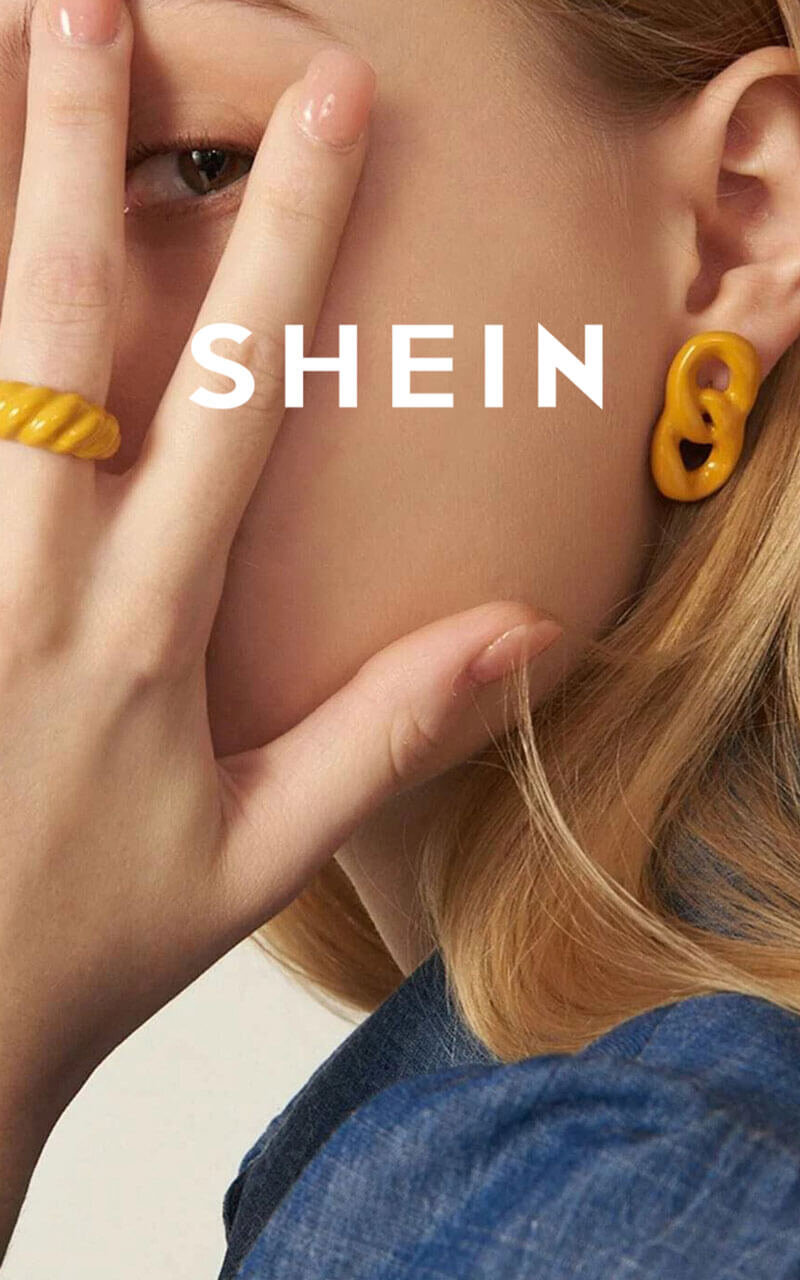
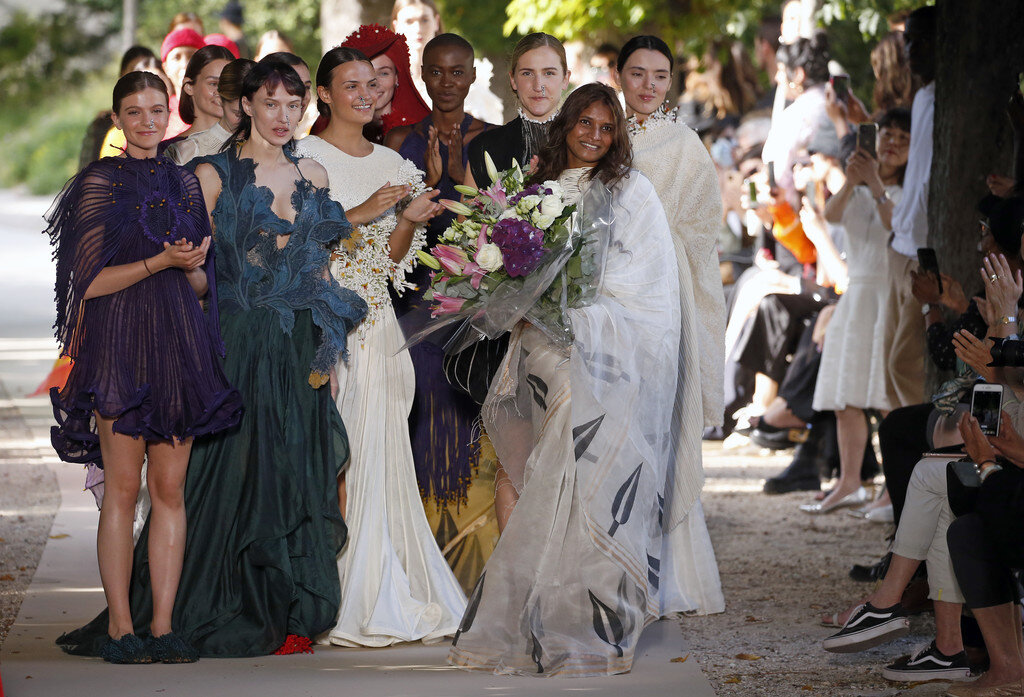


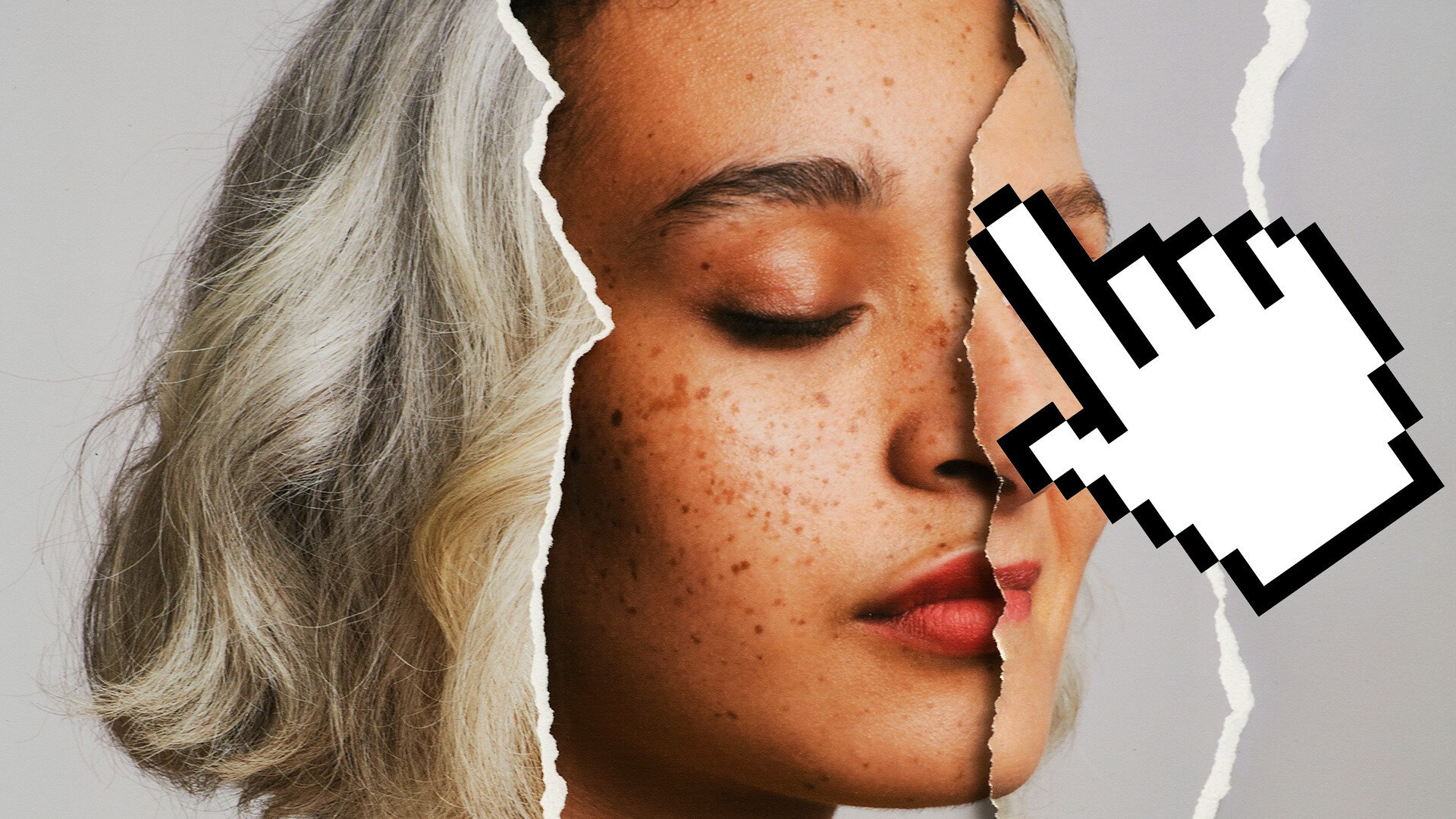
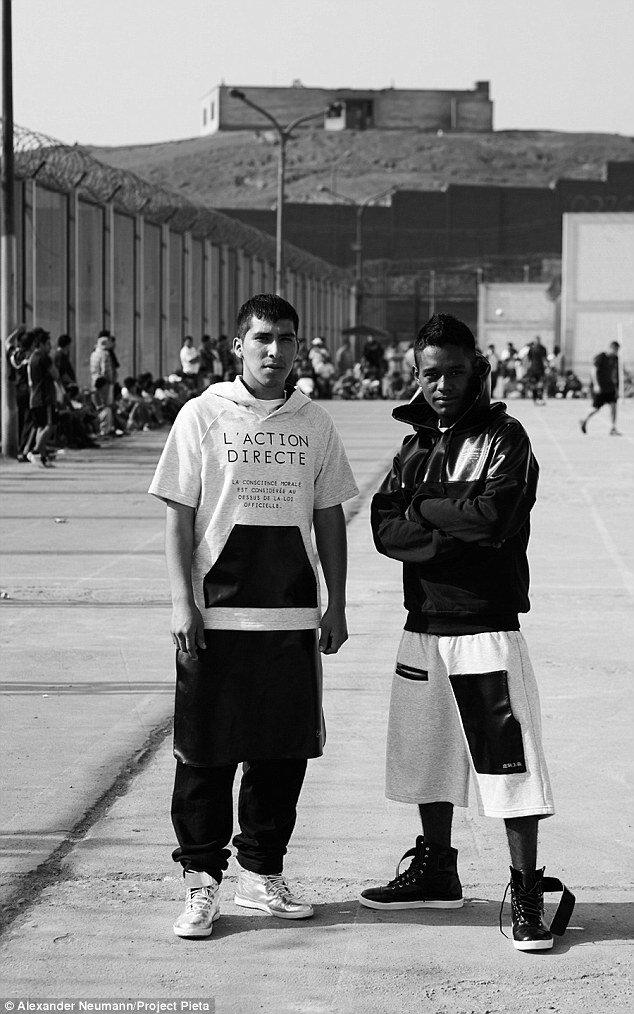
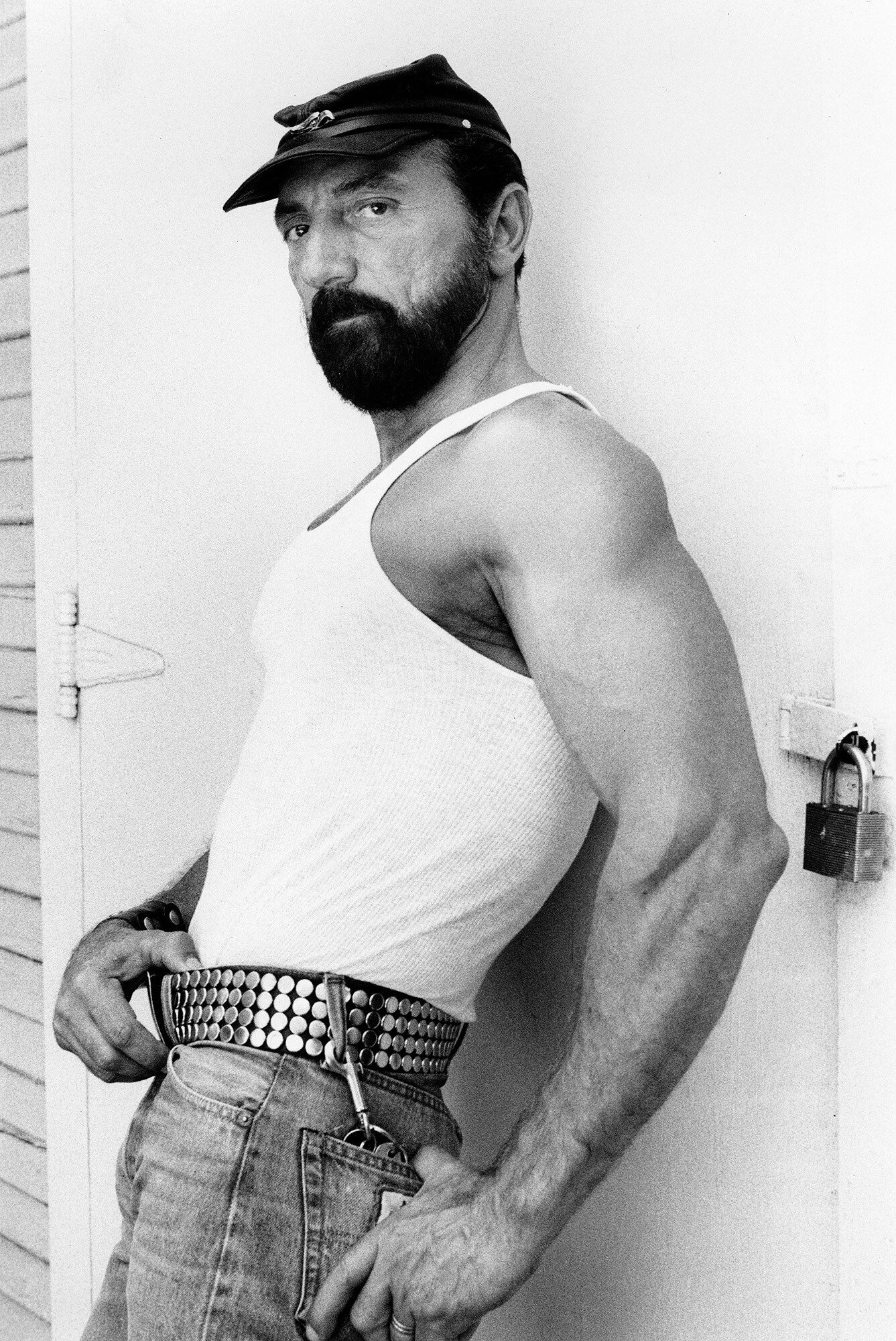


In the wake of England’s UEFA loss against Italy, and the racist attacks on players that followed, MATERIAL reconsiders the history of the ‘three lions’ and its problematic connotations.